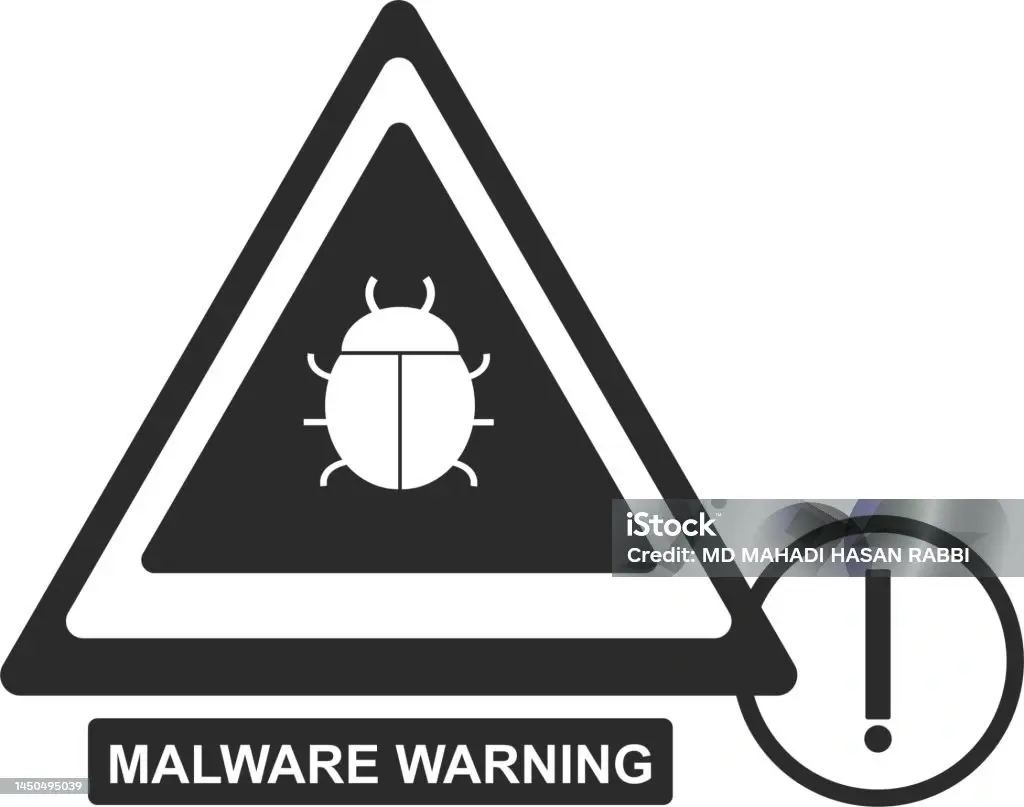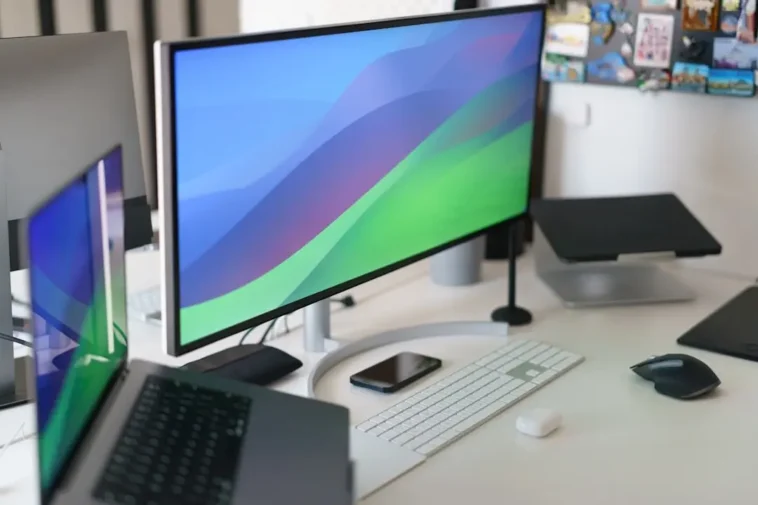Did you know that 92% of free software download sites don’t test their files against malware, viruses, trojans, and crapware?
Unlike most download sites, trusted platforms thoroughly test their software downloads to ensure your safety. Free software has been essential to the desktop experience for decades, with today’s offerings more powerful than ever. However, finding legitimate free software downloads can be challenging when many sites list thousands of potentially dangerous titles.
That’s why we’ve created this comprehensive guide to help you navigate the world of software downloads free from threats. When searching for a reliable software downloads site, you need to know what red flags to watch for and which sources to trust. Free software download options are plentiful, but safety should always be your priority.
In this step-by-step guide, we’ll show you how to find high-quality, free software solutions for any task while avoiding the dangers lurking in the digital landscape. Let’s get started on your journey to safer downloading!
Understand the Risks of Downloading Software

Downloading software from the internet seems simple, yet it can be surprisingly treacherous if you’re not careful. Even seemingly legitimate websites can harbor hidden dangers for unsuspecting users.
Why free software isn’t always safe
Free software often lacks rigorous security checks that paid alternatives undergo. Untrusted sources rarely perform quality and security verification before making downloads available. Furthermore, many free applications come bundled with additional programs you never intended to install. This bundled software frequently includes components designed to monitor your activities or display unwanted advertisements.
The temptation of “free” sometimes blinds us to hidden costs. Cybercriminals exploit the trust we place in top search results, using sophisticated tactics like malicious ads on reputable search engines to distribute harmful software. Even legitimate sites might inadvertently host these deceptive advertisements.
Common threats: malware, spyware, and bloatware
When downloading carelessly, you expose yourself to several serious threats:
- Malware: Malicious software designed to damage your computer or steal sensitive data, including passwords and financial information
- Spyware: Programs that secretly monitor everything happening on your system, potentially installing keyloggers that record everything you type
- Bloatware: Unwanted software that consumes space, drains battery power, and slows down your computer while providing no benefit
Additionally, adware bombards you with unwanted advertisements while tracking your online behavior. Equally concerning, ransomware can encrypt your files, locking you out until you pay a ransom.
How fake download buttons trick users
One particularly deceptive tactic involves fake download buttons designed to trick you into downloading malware. These buttons often appear on legitimate websites through third-party advertisements. Consequently, clicking these fake buttons can lead to serious consequences, including identity theft and financial loss.
To spot fake buttons, look for an “Advertisement” header near suspicious download links. Moreover, before clicking any button, hover your mouse over it to see the destination URL in your browser’s status bar. If the link doesn’t match the site you’re trying to download from, avoid clicking it.
Legitimate websites typically use plain-text links rather than oversized, flashy buttons for downloads. Installing a reliable ad blocker can significantly reduce these deceptive elements and make finding genuine download links easier.
How to Choose a Safe Software Downloads Site
Finding safe sources for software downloads requires vigilance and knowledge of what makes a trustworthy download site. By following specific criteria, you can dramatically reduce your risk of downloading malicious software.
Look for official developer websites
First and foremost, always try to download software directly from the developer’s official website. This approach is substantially safer than using third-party alternatives. Official developer sites like Microsoft, Adobe, or Apple maintain strict security standards for their downloads and don’t bundle unwanted extras with their software.
For development tools specifically, sites like developer.android.com and visualstudio.microsoft.com offer authentic versions of their software without harmful additions. When the official site isn’t available, opt only for established platforms like Softpedia or Filehippo that thoroughly test their uploads.
Check for HTTPS and site reputation
Secure websites use HTTPS encryption, visible as a padlock icon in your browser’s address bar. This security feature is essential because:
- It encrypts data transferred between your browser and the website
- It prevents attackers from intercepting your information
- It verifies the website is who it claims to be
Beyond the padlock symbol, check the website’s age using Whois lookup tools. Newer domains often present higher risks as scammers frequently create temporary sites. Subsequently, search for reviews by adding “safe,” “review,” or “malware” after the site name in Google to see others’ experiences.
Avoid third-party download managers
Many questionable sites force additional software installations through third-party download managers. These tools often bundle unwanted applications and can compromise your system’s security.
Watch out for websites that automatically start downloads or prompt you to install “special downloaders” to access files. Essentially, these are tactics to distribute potentially unwanted programs (PUPs) onto your device.
Remember that by 2020, more than half of web traffic was encrypted, meaning legitimate sites prioritize security. Always examine the URL carefully—cybercriminals often create convincing fake sites that mirror trusted sources.
Best Practices for Safe Software Downloads
Protecting yourself online requires not just awareness of risks, but also active measures during the software download process. With these practical strategies, you can minimize dangers and safely obtain the programs you need.
Use trusted sources like LO4D or Ninite
Ninite stands out as a remarkably secure option for software downloads because it retrieves applications directly from official developer websites. It automatically installs programs without bundled toolbars or extra junk, saying “no” to the unwanted additions that often accompany free software. Notably, Ninite verifies digital signatures and hashes before running anything, providing an additional layer of protection. This service is trusted by millions and installs about a million apps daily.
Scan files with antivirus before opening
Even when downloading from trusted sources, scanning files prior to opening them is crucial. For Windows users:
- Right-click the file, select “Show more options,” then “Scan with Microsoft Defender”
- Wait for results before proceeding with installation
Furthermore, always ensure your antivirus protection remains active. If using a third-party antivirus, Microsoft Defender automatically switches to disabled mode.
Read user reviews and update history
Prior to downloading any software, examining reviews from other users offers valuable insights into potential security issues. Legitimate developers regularly update their software to patch security vulnerabilities, thus making update history a good indicator of active maintenance.
Avoid trialware disguised as free software
Many websites trick users by prominently displaying “FREE DOWNLOAD” buttons when only the download process itself is free. In fact, after installation, you might encounter warnings demanding payment to continue using the program. To avoid this disappointment, carefully read descriptions and watch for mentions of “trial,” “limited-time,” or “basic version” that suggest future payment requirements.
Recommended Free Software Categories and Tools
The digital world offers a treasure trove of free, high-quality software across various categories. Knowing which tools are both safe and powerful can transform your computing experience.
Free productivity tools: LibreOffice, Notepad++
LibreOffice stands out as a comprehensive open-source office suite available for Windows, macOS, and Linux. It includes a word processor, spreadsheet component, presentation program, and even a full database. Notepad++ goes far beyond Windows’ basic text editor with tabs, color-coded text, and macro support—making it indispensable for coders and writers alike.
Free security tools: Avast One, ProtonVPN
Avast One Basic earned PCMag’s Editors’ Choice award with its excellent lab scores against malware. It offers protection across Windows, macOS, iOS, and Android platforms. Meanwhile, ProtonVPN’s free tier provides unlimited bandwidth with a security-first approach, though limited to one device connection at a time.
Free creative tools: GIMP, Inkscape, Audacity
GIMP delivers powerful image editing with layers, filters, and plugins. Despite its steep learning curve, it rivals paid alternatives. Inkscape offers professional vector graphics creation with flexible drawing tools and SVG support. For audio needs, Audacity enables multi-track recording and editing across all major operating systems.
Free utility tools: ShareX, Recuva, Everything
ShareX captures screens with extensive options including video recording and GIF exports. Recuva helps recover deleted files, ideally installed beforehand. The aptly-named Everything search tool finds files instantly—simply type a filename and watch results appear in real-time.
Conclusion
Downloading software safely requires vigilance and careful attention to potential threats lurking online. Throughout this guide, we’ve explored essential strategies to protect yourself while finding quality free software. Most importantly, always prioritize official developer websites when seeking new programs. Additionally, check for HTTPS connections and verify site reputation before downloading anything.
Remember that free doesn’t necessarily mean unsafe – legitimate free alternatives exist for almost any software need. However, you must remain cautious about fake download buttons, unwanted bundled software, and deceptive trial versions disguised as completely free programs.
By following the recommendations in this guide, you can confidently find powerful tools like LibreOffice for productivity, Avast One for security, GIMP for creative work, or ShareX for utility purposes without risking your digital safety. After all, the right precautions make all the difference between enhancing your computing experience and compromising your personal data.
Your digital safety ultimately depends on making informed choices. Therefore, take the time to research, scan downloads with antivirus software, and read user reviews before installing any program. With these habits firmly established, you’ll navigate the world of free software downloads confidently while keeping malicious threats at bay.
Key Takeaways
Safe software downloading requires strategic awareness and careful source selection to protect your computer from malware, spyware, and unwanted programs.
• Always download from official developer websites first, then use trusted platforms like Ninite or Softpedia that test files for security • Verify HTTPS encryption (padlock icon) and scan all downloads with antivirus software before installation • Avoid fake download buttons and third-party download managers that often bundle malicious software • Read user reviews and check update history to identify legitimate, well-maintained software • Use recommended free alternatives like LibreOffice for productivity, GIMP for graphics, and Avast One for security
Remember: 92% of free software sites don’t test against malware, making source verification your first line of defense against digital threats.
FAQs
Q1. What is the safest method for downloading software? The safest method is to download directly from the official developer’s website. If that’s not possible, use trusted platforms like Ninite or Softpedia that thoroughly test their files. Always verify the website’s security by checking for HTTPS encryption (padlock icon in the address bar) and scan all downloads with antivirus software before installation.
Q2. How can I protect myself from fake download buttons? To avoid fake download buttons, look for an “Advertisement” header near suspicious links. Hover your mouse over buttons to see the destination URL in your browser’s status bar. Legitimate websites typically use plain-text links rather than flashy buttons. Installing a reliable ad blocker can also help reduce these deceptive elements.
Q3. Are free software downloads always safe? Not all free software downloads are safe. Many free options lack rigorous security checks and may come bundled with unwanted programs. However, there are legitimate free alternatives available. Always research the software, read user reviews, and download from reputable sources to ensure safety.
Q4. What should I do after downloading software to ensure it’s safe? After downloading, but before opening the file, scan it with your antivirus software. For Windows users, right-click the file, select “Show more options,” then “Scan with Microsoft Defender.” Wait for the results before proceeding with installation. This extra step helps catch any potential threats that may have slipped through.
Q5. What are some recommended free software tools that are safe to use? There are many safe and powerful free software options available. For productivity, try LibreOffice. For security, Avast One Basic offers excellent protection. GIMP is great for image editing, while Audacity is perfect for audio needs. For utility purposes, ShareX is a versatile screen capture tool. Always download these from their official websites or trusted sources.




GIPHY App Key not set. Please check settings